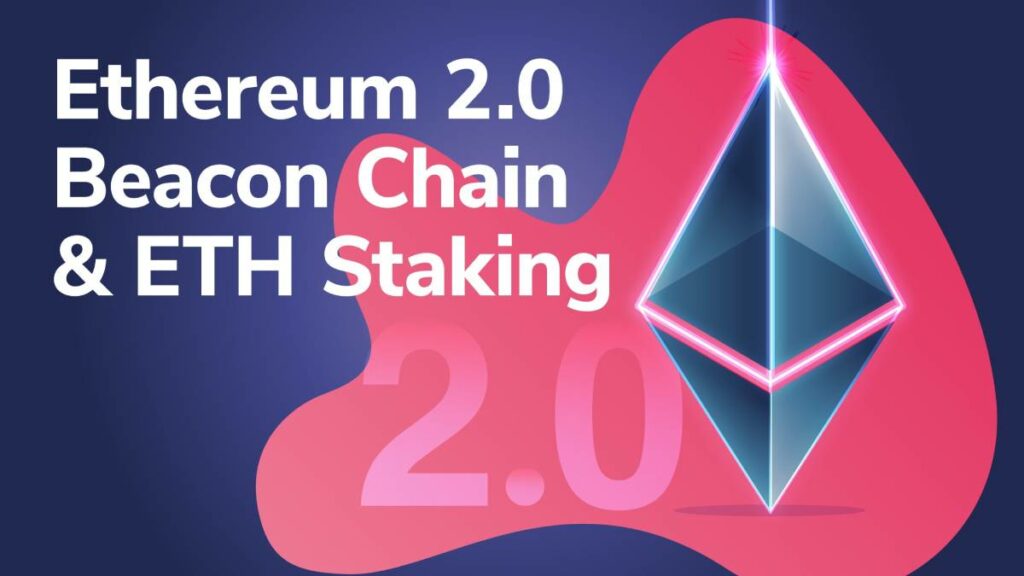TL;DR
- Justin Drake proposes a “Beam Chain” to replace Ethereum’s current Beacon Chain.
- The proposal would reduce staking requirements from 32 ETH to just 1 ETH.
- The new chain seeks to optimize consensus design and improve accessibility.
Ethereum researcher Justin Drake has presented an innovative proposal to change the consensus model of the Ethereum network, replacing the current Beacon Chain with a system called “Beam Chain.”
During his presentation at the Devcon event in Bangkok, Drake explained that this transition could bring Ethereum‘s structure closer to the ideal design for the network, as the Beacon Chain, launched five years ago, is beginning to show signs of obsolescence.
As Drake detailed, the community has gained a deep understanding of some critical issues such as maximum extractable value (MEV) and has developed more advanced technologies such as zero-knowledge virtual machines (zkEVMs).
One of the most significant points of their proposal is the reduction of the minimum amount of Ether (ETH) required to be a validator on the network, going from the current 32 ETH to just 1 ETH. This reduction would allow for greater participation of validators, facilitating access and promoting even broader decentralization on the network.
With this, Drake hopes the new system will allow for a more inclusive and less costly structure for those interested in contributing to Ethereum‘s security by validating transactions.
In addition, the researcher commented that the issuance of ETH in its current state presents problems that could affect the health of the network in the long term. This is one of the reasons why he proposes a restructuring of the issuance and staking system, making the network more sustainable and equitable for all users.
Despite the hype, Drake clarified that the “Beam Chain” is just a proposal and would only be implemented if a broad consensus is achieved in the community. He also noted that the term “Ethereum 3.0” is not adequate for this change, as the Beam Chain would only affect the consensus layer and not the entire network.
A more accessible future for Ethereum
Justin Drake‘s proposal represents an ambitious step towards the evolution of Ethereum, a network that has sought to remain at the forefront of blockchain technology.
Reducing staking requirements to 1 ETH could change the landscape of participation on the network, allowing a larger number of users to become validators and strengthening Ethereum’s security and decentralization. With a lower cost of entry, the ecosystem could also become more attractive to new investors and users interested in actively contributing.
However, this proposal also involves certain challenges. The transition to a new consensus structure would require a complete overhaul of the current system, including technical and regulatory aspects that would need to be considered by the community.
In addition, a consensus would be needed between developers, validators and users, who will have to evaluate the pros and cons of this change. Although the concept of a “Beam Chain” sounds promising, the implementation of a new model always entails risks that could affect the stability of Ethereum in the short term.
Finally, Drake’s proposal highlights the Ethereum community’s commitment to continuous improvement and the pursuit of innovations that make the network more robust and accessible.
As the project progresses, it will be crucial to observe how the community responds to this initiative and whether the expected benefits can be realized in a renewed and more inclusive version of the Ethereum network.











